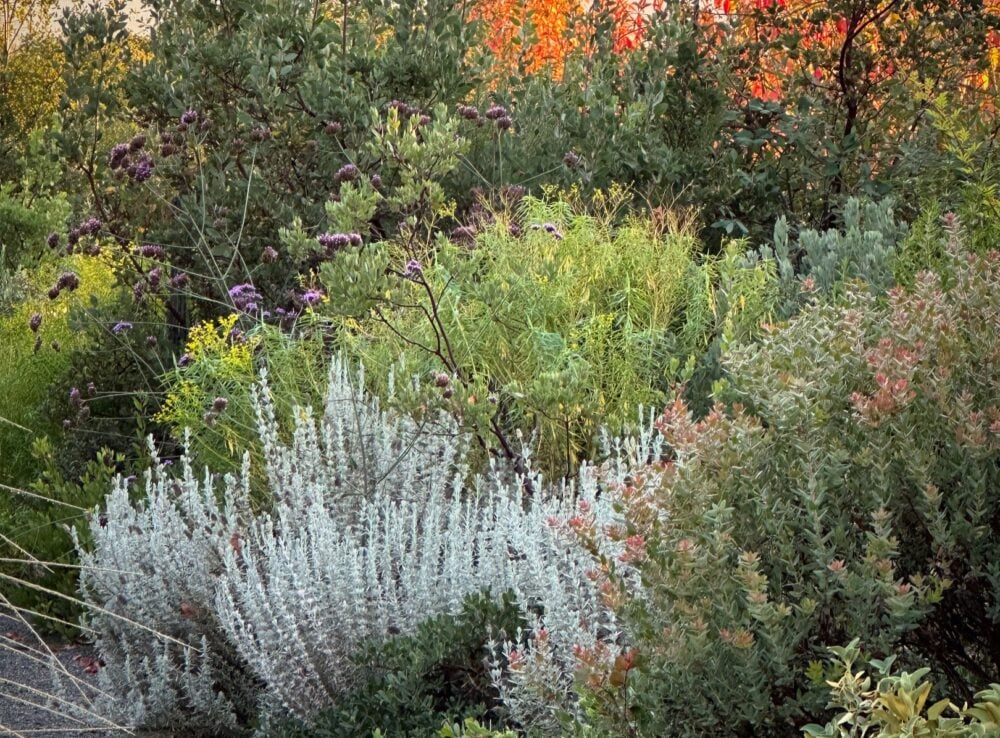

Contributor
- Topics: Archive, Plants You Need
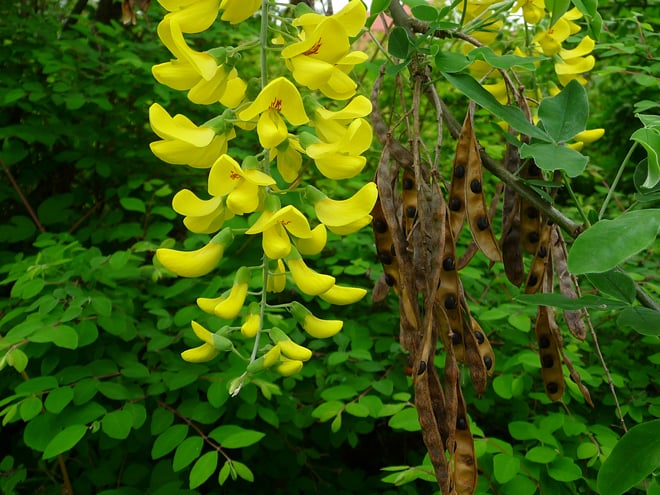
“Gardening is a sensual experience and while secondary to sight, our sense of smell nonetheless adds a complementary and vivid way in which to interact with our garden treasures.”
More favorite fragrant plants called out by the Curious Plantsman:
Cassia didymobotrya. Better known as ‘Popcorn Cassia’ this 10- to 12-foot tree produces bright green pinnate leaves comprised of 16 to 32 elliptic leaflets. One inch plus, golden open, cup-shaped flowers appear in summer. Leaves smell strongly of popcorn, making it one of the most unique fragrances in your garden.
Clematis armandii ‘Snowdrift.’ Though all C. armandii are fragrant, the white-flowering ‘Snowdrift’ is intensely so. An evergreen clematis that likes the sun, this vigorous climber is best sited where you can inhale its sweet and heady fragrance on a daily basis in spring.
Clerodendrum bungei or C. fragrans. Flowers on both of these glory bowers emit a very pleasing, sweet fragrance; C. bungei is easier to find in the trade and more cold hardy, C. fragrans needs protection from cold winters. Clerodendrum bungei forms heads of pink, salverform flowers that open in late summer while C. fragrans blooms in the spring with pink or white flowers.
Dais cotinifolia. While sometimes compared to a Daphne due to its round clusters of intensely sweet, starry, light pink flowers, this shrub gets considerably larger, topping out at ten feet. Three inch flower heads appear in summer. Drought tolerant once established.
Hamamelis intermedia. Witch Hazels hail from China and Japan and are mostly found in colder climates. They are hysteranthous, that is, the flowers appear before the leaves, in this case in late winter. Add to this the twisted, finger-like flowers and a fragrance that is, depending on the variety, spicy, sweet, or citrusy and you have a curious shrub indeed. And yes, the tincture witch hazel is derived from the American species of this genus.
Laburnum anagyroides. Golden Chain tree, as this beautiful Central European deciduous tree is known is one of the loveliest trees you’ll ever grow. Vivid green leaves, comprised of three elliptic-obovate leaflets, create a lush backdrop for the appearance of dense racemes of brilliant yellow flowers in spring. It’s the flowers that are sweetly fragrant, a sort of a pleasing woodsy scent some think is reminiscent of violas.

Leycesteria formosa. Himalayan honeysuckle is one of the most interesting plants you can grow. Its common name owes to the sweetly fragrant flowers that appear over a long period from summer through fall. White flowers pop out from beet-red bracts and dangle like little pagodas! The blossoms are followed by black fruits that the birds adore. Easy and fast growing, the plant gets six to eight feet tall, with a semi-scandent nature. Prune to the ground in winter.

Luculia pinceana. Possibly the most intoxicatingly fragrant plant most people have never heard of, this relative of gardenias grows eight to twelve feet tall. Handsome, veined ovate leaves last year round in milder climates. Beginning in the fall and lasting till the first frost, large clusters of inch-wide pink flaring, tubular blooms waft an indescribable exotic perfume that really has no comparison; flowers lasts for a week or two for a lasting effect.

Melianthus major. All you need is the jam if you have the “peanut butter” plant. This South African shrub is a real showstopper with elephant-sized, heavily serrated bluish-green leaves—the source of the unmistakably peanut butter scent—and in time huge spikes of otherworldly reddish-brown flowers. Leave room—specimens can easily get ten feet tall and as wide.
Plectranthus amboinicus. This low growing South African plant features succulent round leaves that are soft and lightly hairy. The plant earns its common name Cuban Oregano due to its very attractive fragrance, equal parts sweet, minty, and woodsy, despite it having no connection to Cuba and its only relation to Oregano being that both plants are Lamiaceae members. No matter, the scent is so heavenly and it’s such a tough, adaptable customer you’ll find a place for it.
Psoralea pinnata. Attractive pinnate foliage and pretty, bicolor purple and white flowers would be reason enough to add this handsome South African shrub to the garden. Sweetly fragrant flowers are a bonus—not to mention the fun of saying to friends “Oh, come and see my Kool-Aid bush.” With impressive growth to 10 feet and heavy bloom once established, this is a standout addition to any landscape.
Stachys albotomentosa. You may not remember the botanical name but once you smell the 7-Up plant, you’ll not likely forget it. And darn if the leaves of this Lamb’s Ear species don’t smell like that favorite fizzy drink. Tough and adaptable like other Stachys, this charmer produces very pretty salmon-colored flowers in summer. The plant appreciates a little shade in hot regions and may go winter dormant in colder zones but will return in the spring.

Vigna caracalla. This is one snail you’ll want in your garden. The Snail vine produces pretty lavender and white, snail-shaped flowers in great abundance in late summer that exude a most pleasing fragrance. A vigorous plant, it will climb any support you provide. Easy? Check. Pretty? Check. Fragrant? Check.
Zaluzianskya capensis. This intensely fragrant plant hails from South Africa, but doesn’t the genus name sound Russian? I have no idea how to pronounce it but no need; this slightly tender perennial is easy to grow and gets to around 12 inches. Part of the charm of growing this night-scented plant whose common name is ‘Midnight Candy’ is opening one’s window in the evening to inhale its sweet fragrance.
Share:
Social Media
Garden Futurist Podcast
Most Popular
Videos
Topics
Related Posts
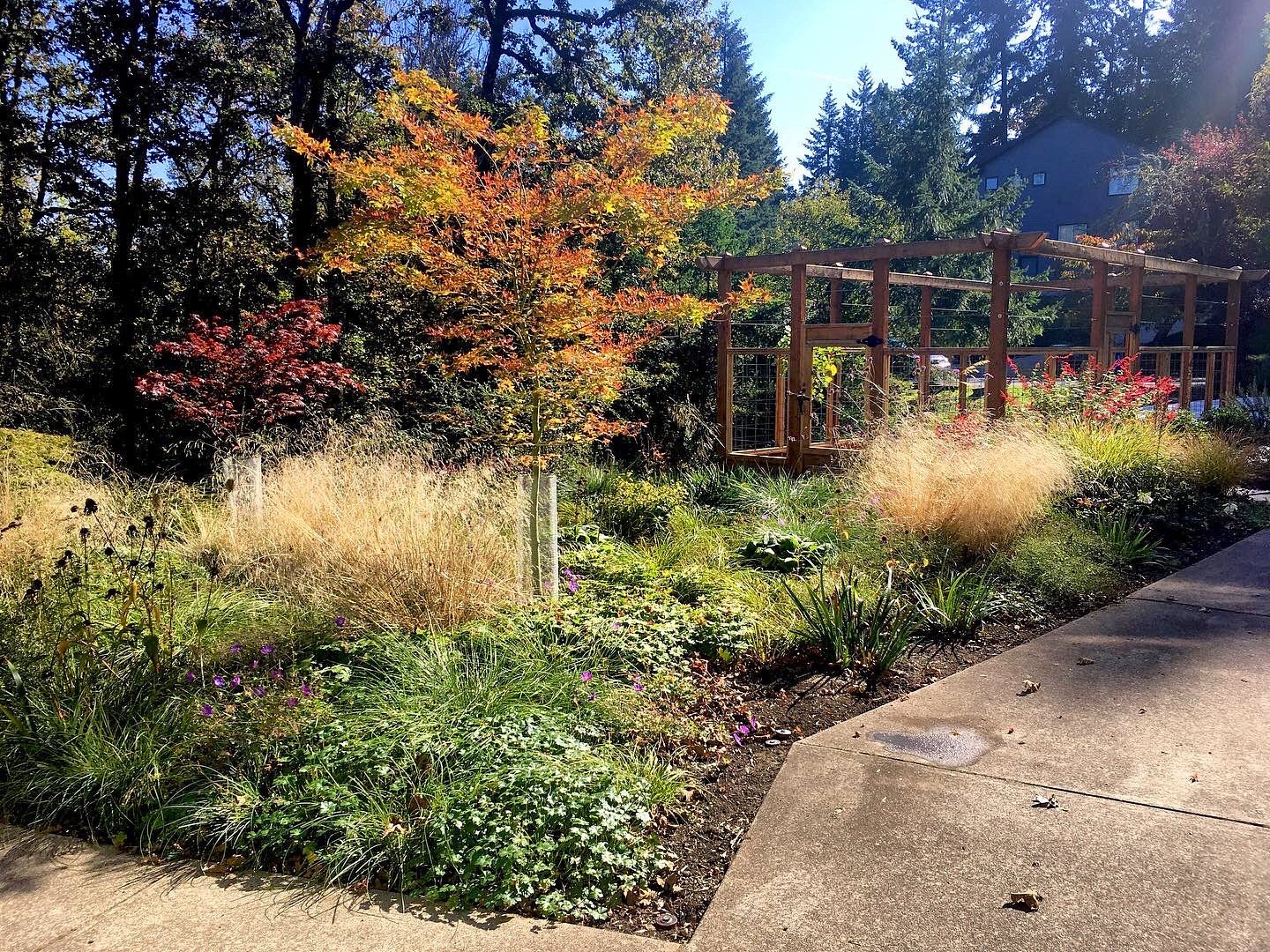
Low Maintenance Gardens – Better for Pollinators and People
Autumn 2022 “I come out every day. It’s therapy, my meditation.” Janet’s young garden transformed from overgrown, invasive plants to mostly natives. The dailiness of
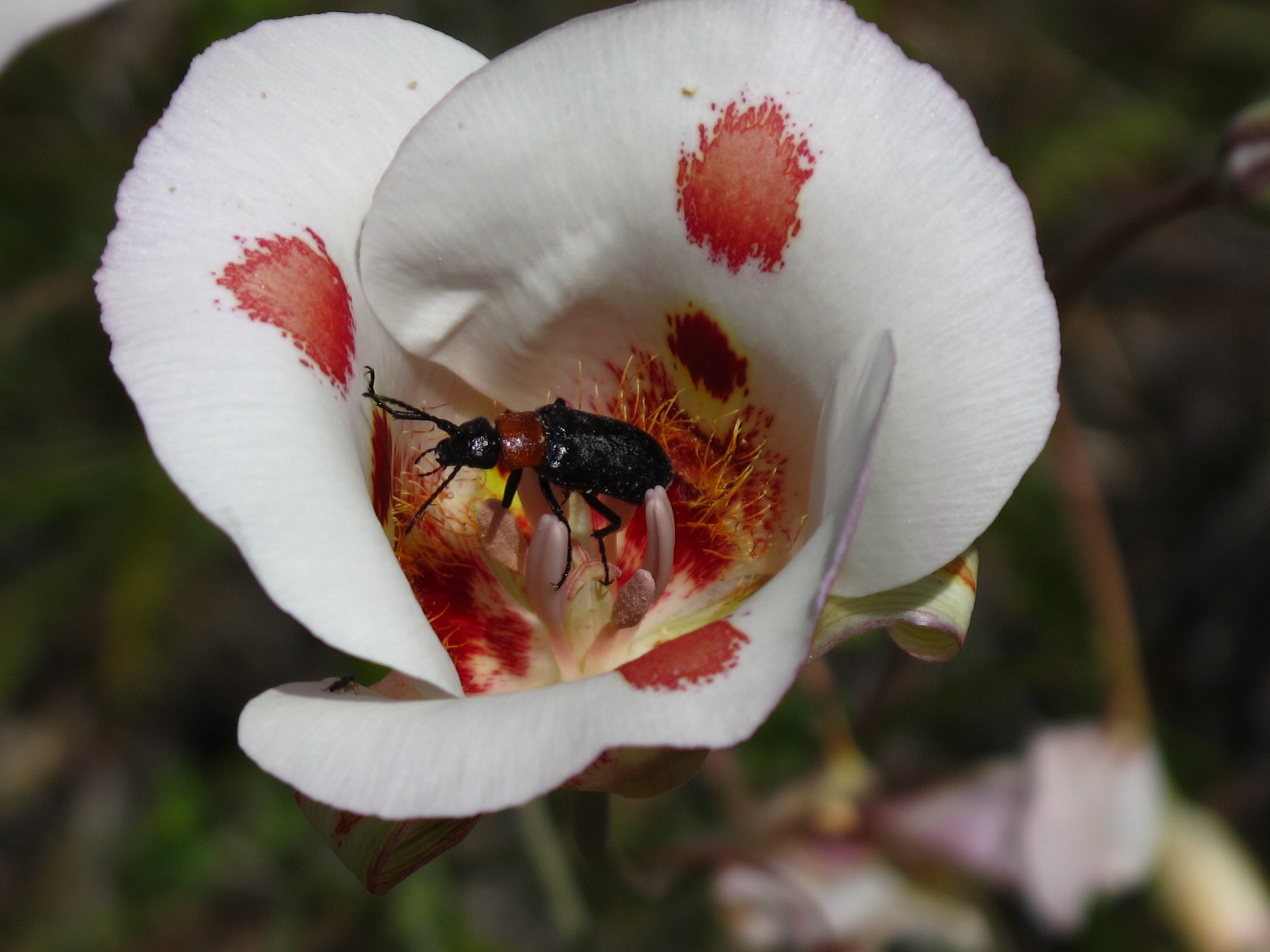
Calochortophilia: A Californian’s Love Affair with a Genus
Summer 2022 I can chart the progression of my life by Calochortus. For the last two decades, at least. As a teenage girl growing up
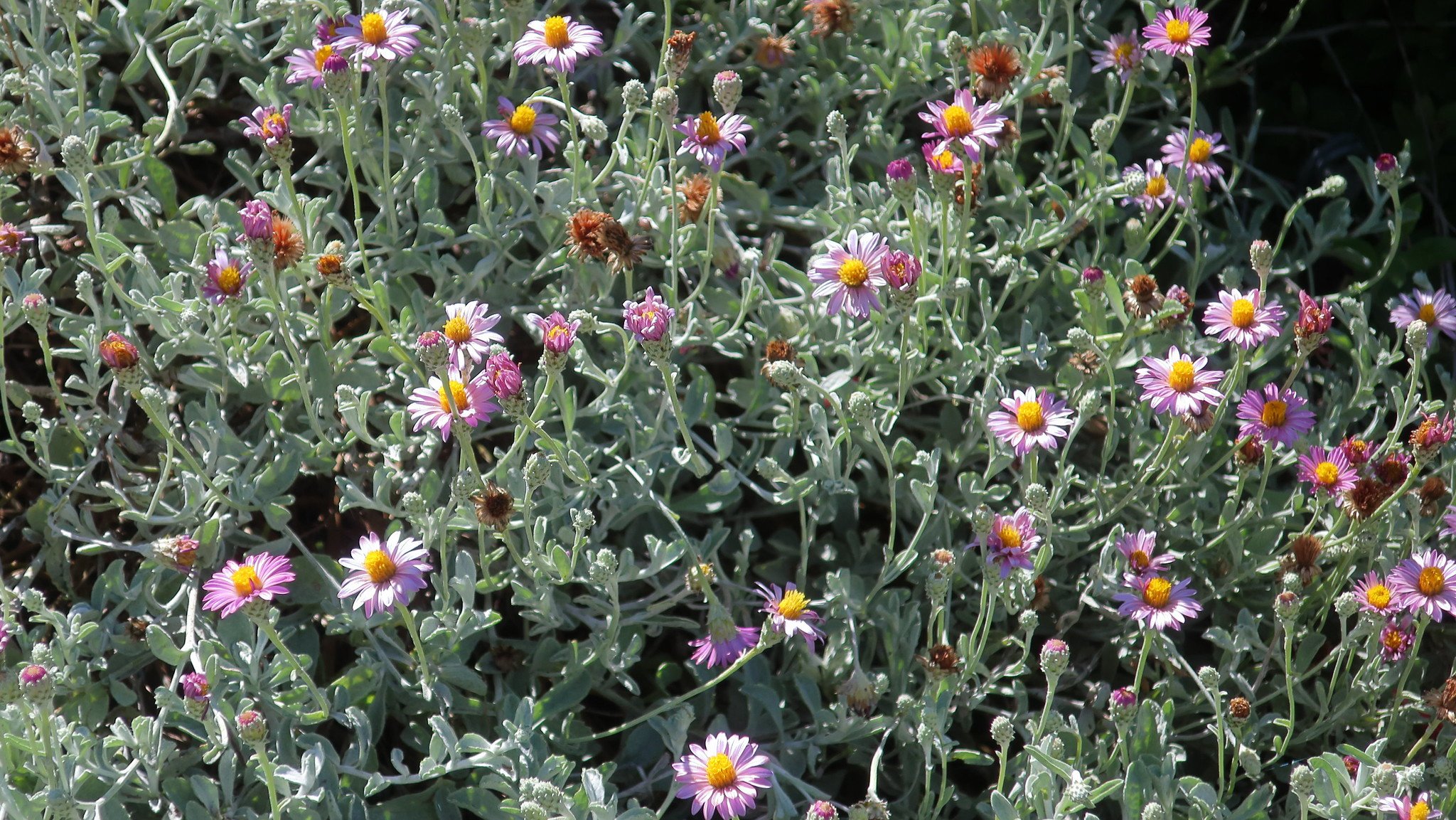
Pacific Plant People: Carol Bornstein
Spring 2022 Public gardens play a key role in demonstrating naturalistic planting design, selecting native and adapted plants for habitat, and testing techniques for reducing
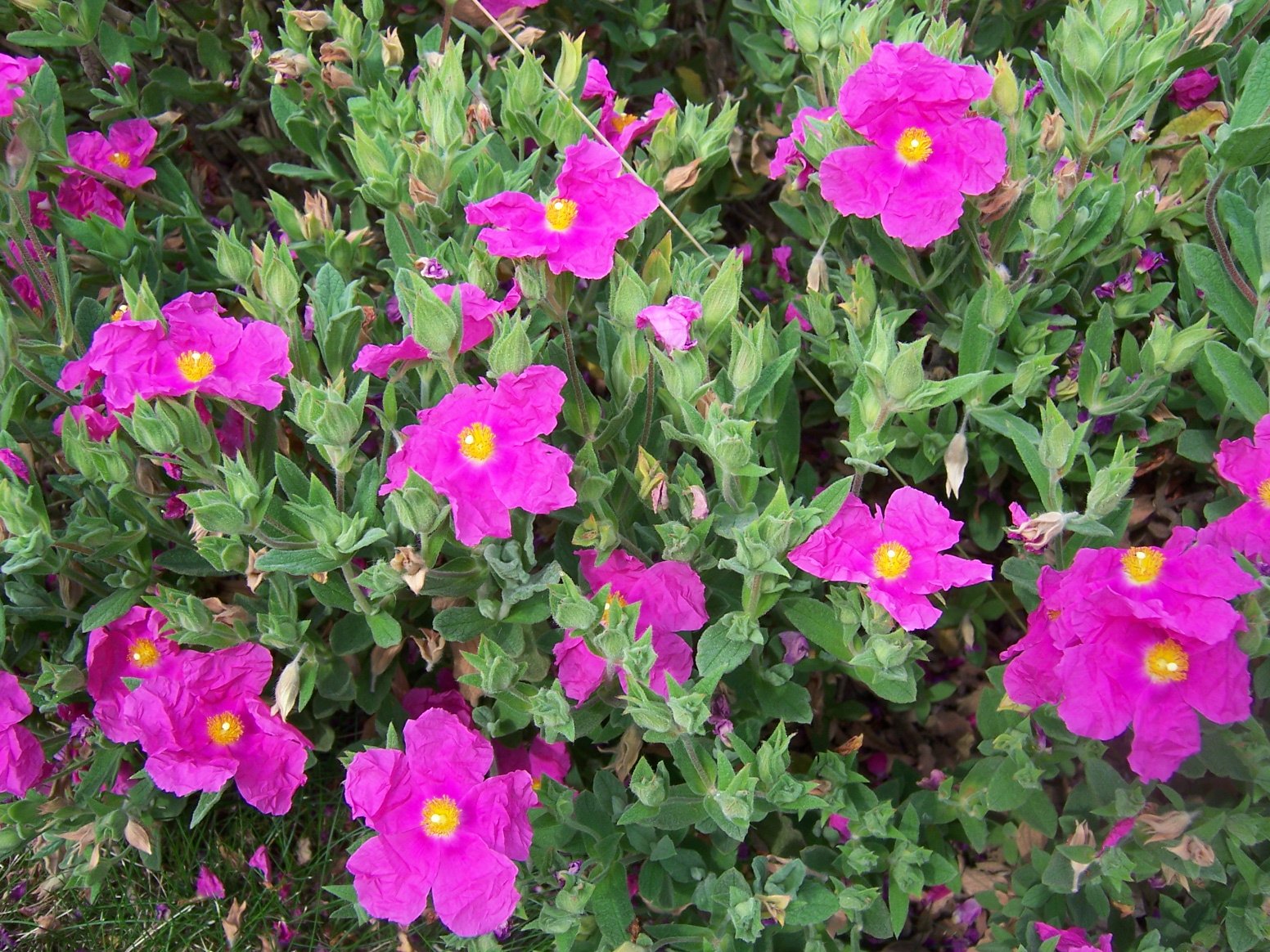
Add Year-Round Interest and Winter Blooms for Pollinators
Spring 2022 This article was created from an Interview by Merrill Jensen with Neil Bell in the Summer of 2021 for our Pacific Plant People





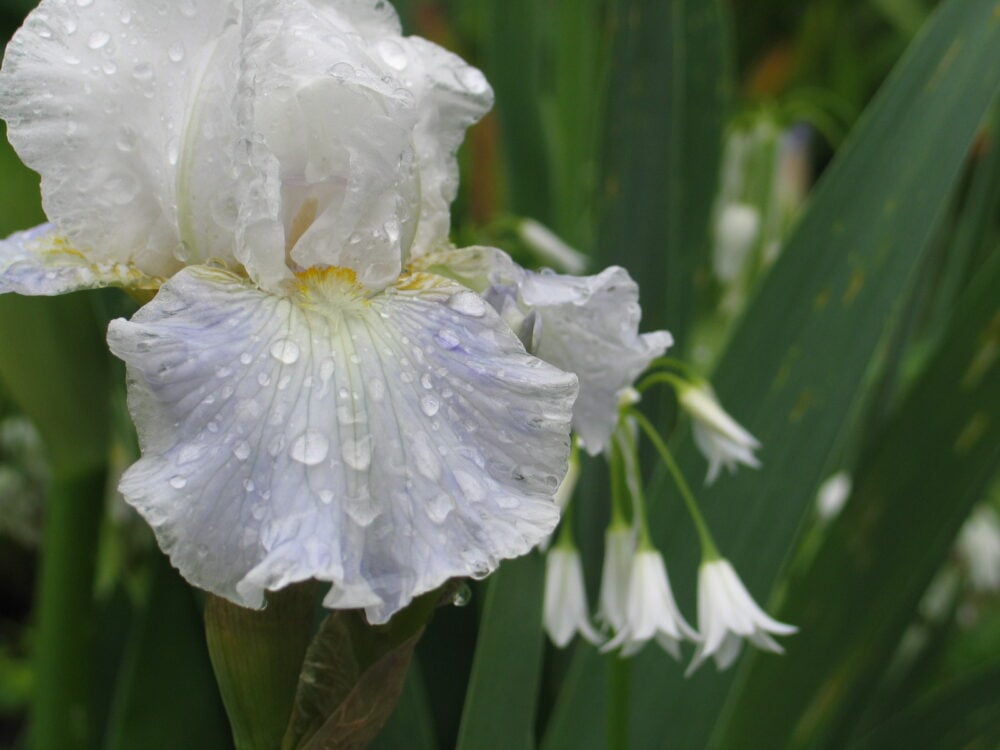
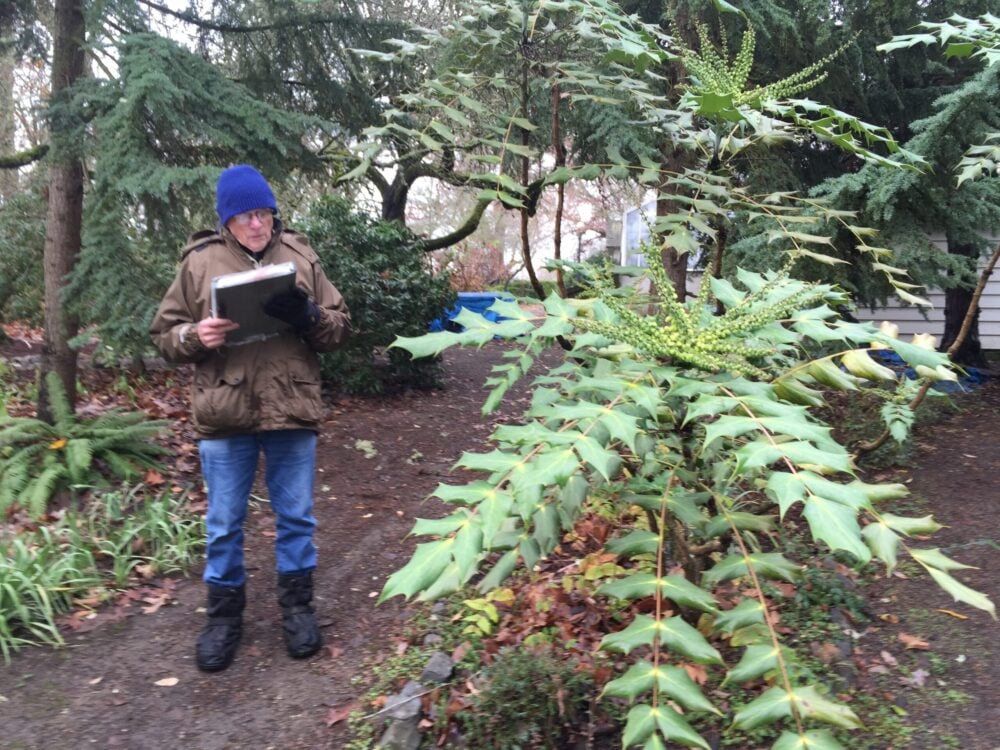




Responses